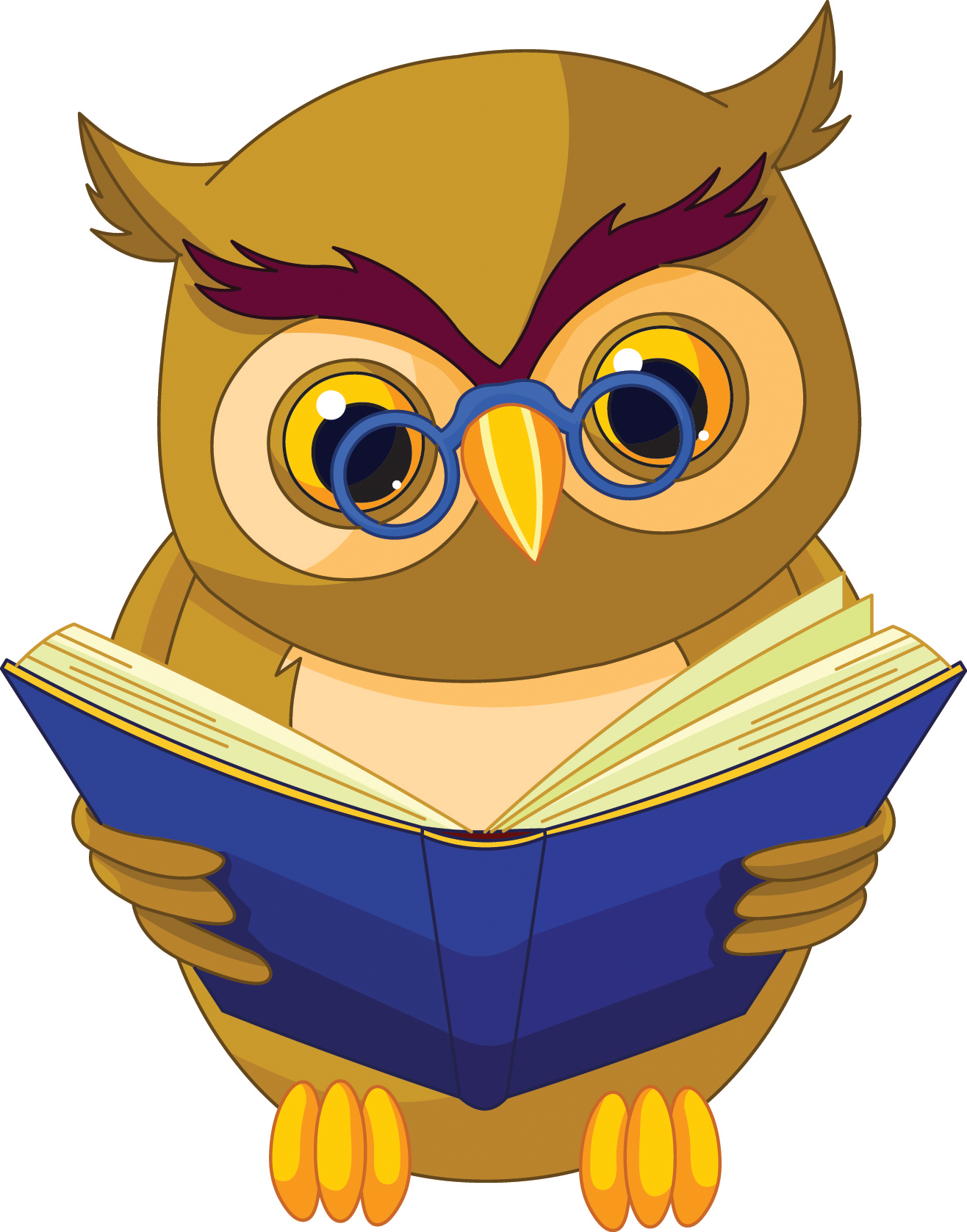From Hootie's Nest: A Monthly Look at the Way We Learn
From Hootie's Nest
A Monthly Look at the Way We Learn
What is Dysgraphia? - Dysgraphia is a specific learning disorder (SLD) with impairment in written expression. DYS means difficulty and GRAPHIA refers to writing. Dysgraphia can impact spacing, handwriting, creative writing, spelling, and memory processing.
There are three common types of Dysgraphia – Motor, Spatial and Dyslexic. You can have symptoms from any of the three categories. Motor affects a person’s fine motor skills (including dexterity and muscle tone). Spatial can affect legibility and the ability to write on lines and paper orientation. Dyslexic dysgraphia can present with illegible writing but also displays poor spelling, too.
Signs of Dysgraphia – Signs of Dysgraphia may include inconsistent letter size and spacing, spelling struggles/inconsistency of spelling, and difficulty with creative writing despite verbally telling stories well.
Ways to Help – Many varied approaches can support a student with Dysgraphia including the following – Alternative pens/pencils and grips, less copying, using lined or graph paper, taking writing breaks, using speech-to-text dictation, utilizing the option to type, making sure the body is in the proper writing position. Strengthening fine motor skills is important, too. Building with blocks, snap cubes, and Legos and even crafting with clay or playdough are fun ways to build strong hands. Eating bite-sized snacks with tweezers instead of fingers and creating with pearler beads or jewelry can be both fun and challenging for boosting hand strength and supporting a developing pincer grasp.
Did you know? At PHPS, Kindergarten, First and Second grade students have devoted time in their weekly Motor classes to practice handwriting and work on fine motor skills targeting body strength, stamina, and visual coordination. In Third grade, students begin to learn cursive and keyboarding skills as well so that they may choose to type longer writing pieces. Fourth through Sixth graders become more proficient in their keyboarding skills and even begin to use voice-to-text dictation, too.


.png)
